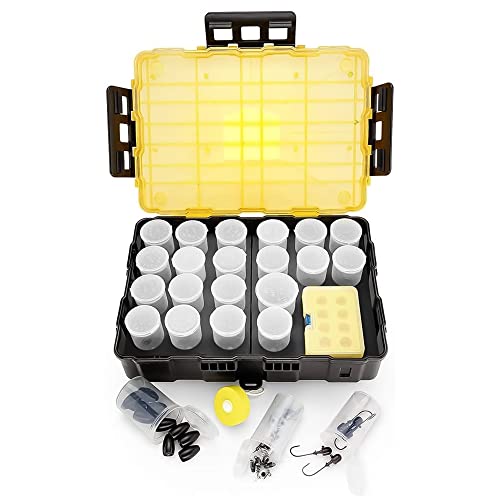LDUBS
Well-known member
- Joined
- Aug 14, 2016
- Messages
- 6,746
- Reaction score
- 3,638
- Location
- Northern California
- LOCATION
- Northern California
I sort of dance to my own drummer at times, but really does it matter? Seems like such a cheap easy project, on most boats anyway. Do I really care if I have to do it again in a few years? Pretty sure if just used whatever plywood I had handy could knock this out in a couple hours for zero money. BUT, if one was willing to coat it with most ANYTHING it may well last a long time. Why wouldn't it? My picnic table sits out all the time. Rain, shine, snow, and I just give it a quick coat of latex every few years. I've replaced a couple boards, but most are still doing just fine after 25 years! My boat lives under a cover much of the time and the transom wood rarely sees more than a small amount of moisture. Outside only.
Like @thill 's Spectrum, replacing the transom wood in my boat is going to be a royal PITA so I would likely go the extra mile. Otherwise, I think it is perfectly fine to take a basic approach like you describe. Gets the job done adequately. The only thing I might disagree with is using any ply. I would use at least exterior grade. I take the same approach with my trailer bunks. Instead of using expensive composites, I use standard fir 2x. Don't coat them with anything, Expect to replace them every once in a while.























































